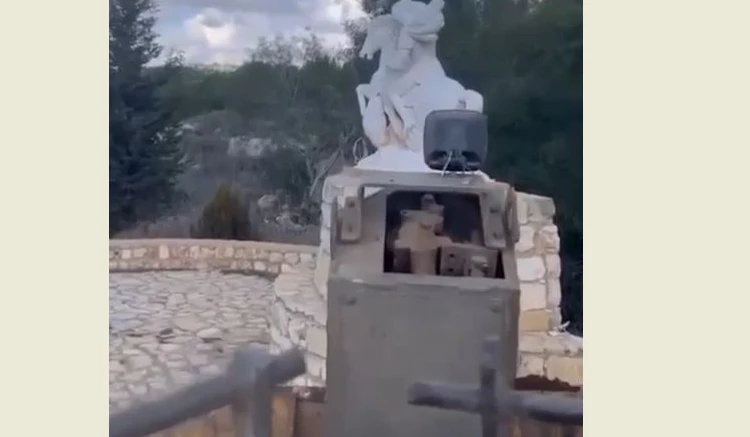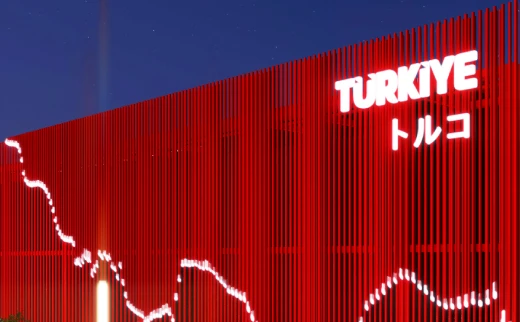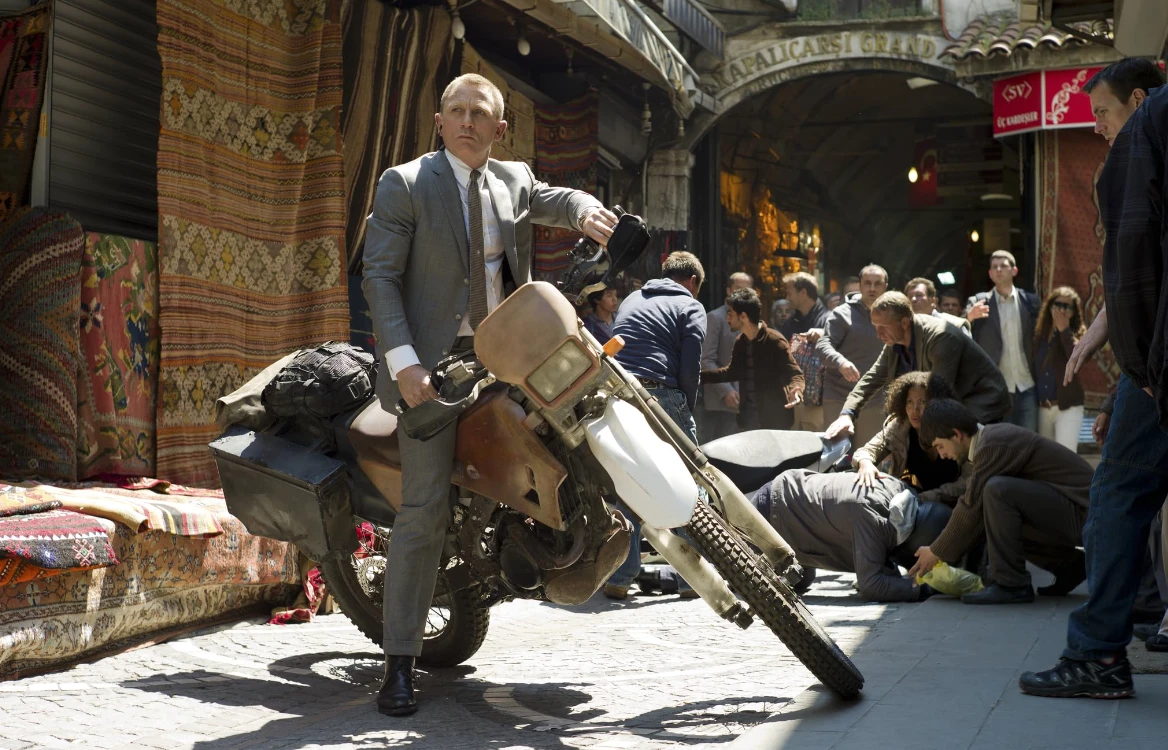Perge excavations uncover Roman-era splendor in 5,000-seat stadium
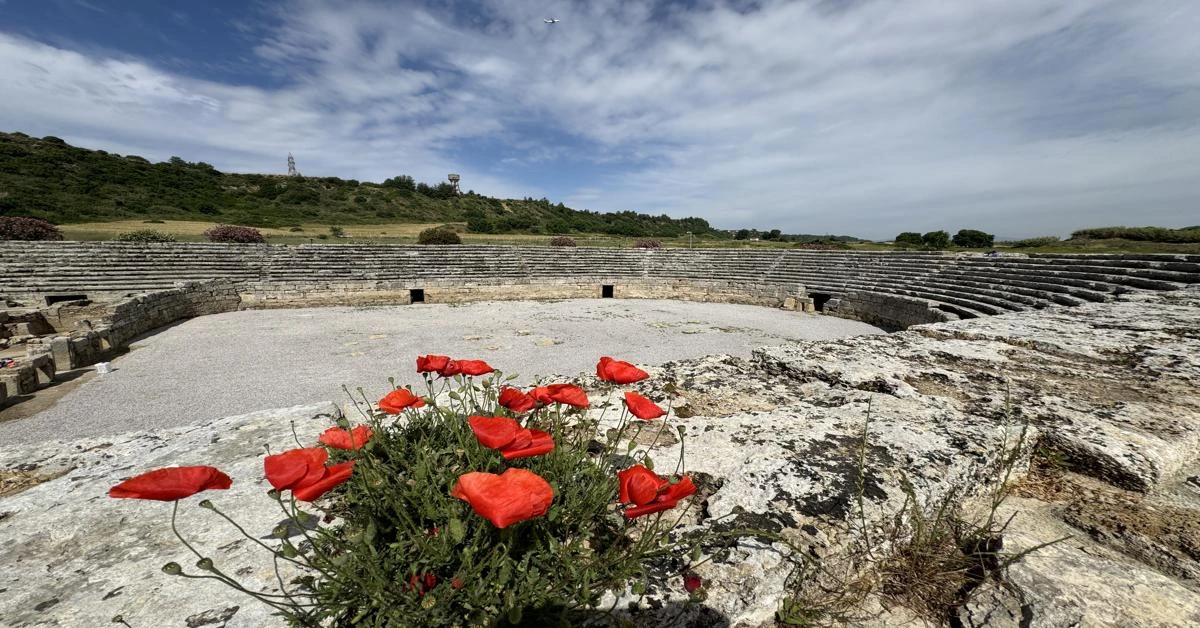
Antalya Perge’s ancient arena unearths after 78 years of excavation, shedding light on Roman-era glory
For 78 years, excavations have been ongoing in the arena of the 5,000-seat stadium in the ancient city of Perge, one of the most well-organized Roman-era cities in Anatolia. At one point, Perge Ancient City, located in the Aksu district of Antalya, served as the capital of the Pamphylia region.
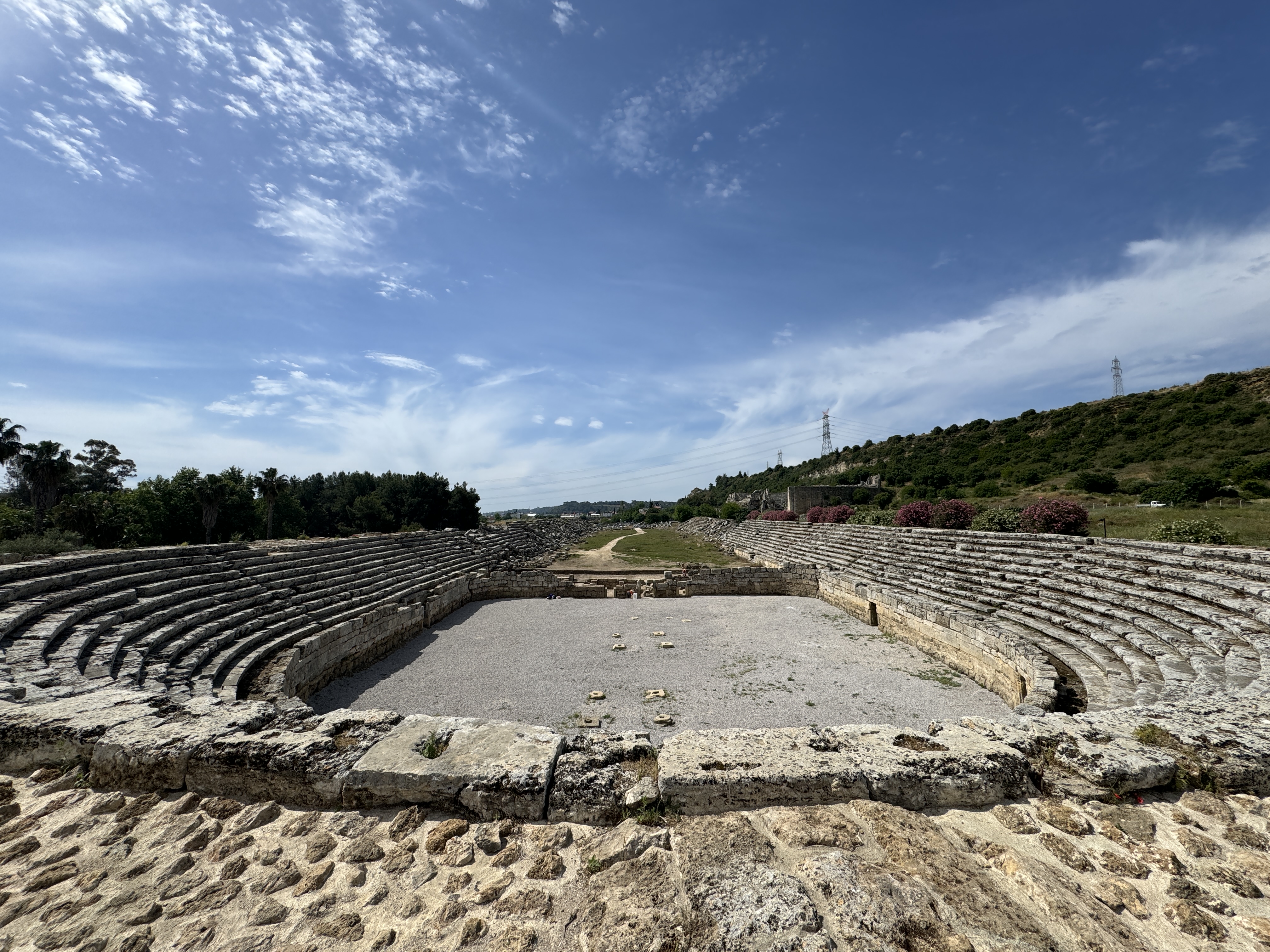
Known for its meticulous Roman-era planning and renowned marble sculpting, Perge has been under excavation since 1946. The ancient city, which has been on UNESCO’s World Heritage Temporary List since 2009, has revealed significant monumental structures in its city center, including towers, a theater, a stadium, baths, monumental fountains, and a colonnaded street, opening the doors to the past.
Excavations, repairs, and restoration work continue for Perge to regain its former glory. Recently, they completed work in the 30,000-seat stadium area, concentrating on the arena. Professor Dr. Sedef Cokay Kepce, the excavation director of Perge Ancient City from Istanbul University’s Faculty of Letters, Department of Archaeology, explained that traces of human presence have been found in Perge dating back to the fifth millennium BCE, placing the city in the ancient Roman period with its streets, lined shops, fountains, baths, and schools.
Kepce highlighted the city’s grand structures and the collection of statues filling the Antalya Museum, noting ongoing excavations in various areas for 78 years. She emphasized the recent completion of work in the stadium’s arena, revealing a well-preserved 5,000-seat arena. The excavation team plans to expand their work to other parts of the stadium and reclaim the structure as a new asset for the city.
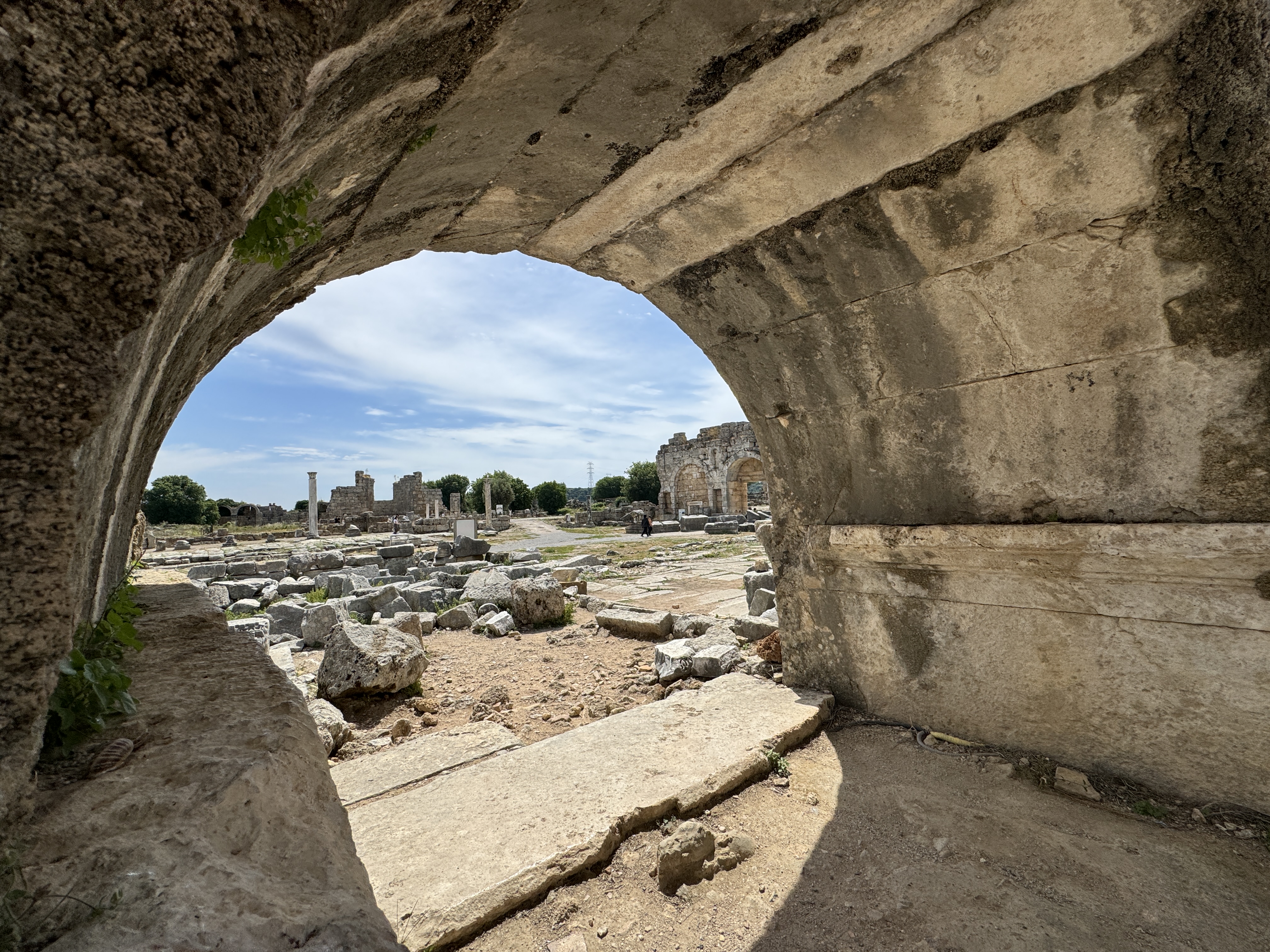
Regarding significant findings within the arena, Kepce mentioned square-shaped stone blocks with pits in the middle, likely used for battles with wild animals, a subject for an upcoming scientific publication. The team aims to continue excavations inside the stadium and complete them within the year.
Additionally, research projects, including drilling studies in the port area to understand the ancient trade port’s location along the Aksu River, have begun alongside the excavations. Geographical studies by scholars from Ege University are underway to determine the coastline’s historical position.
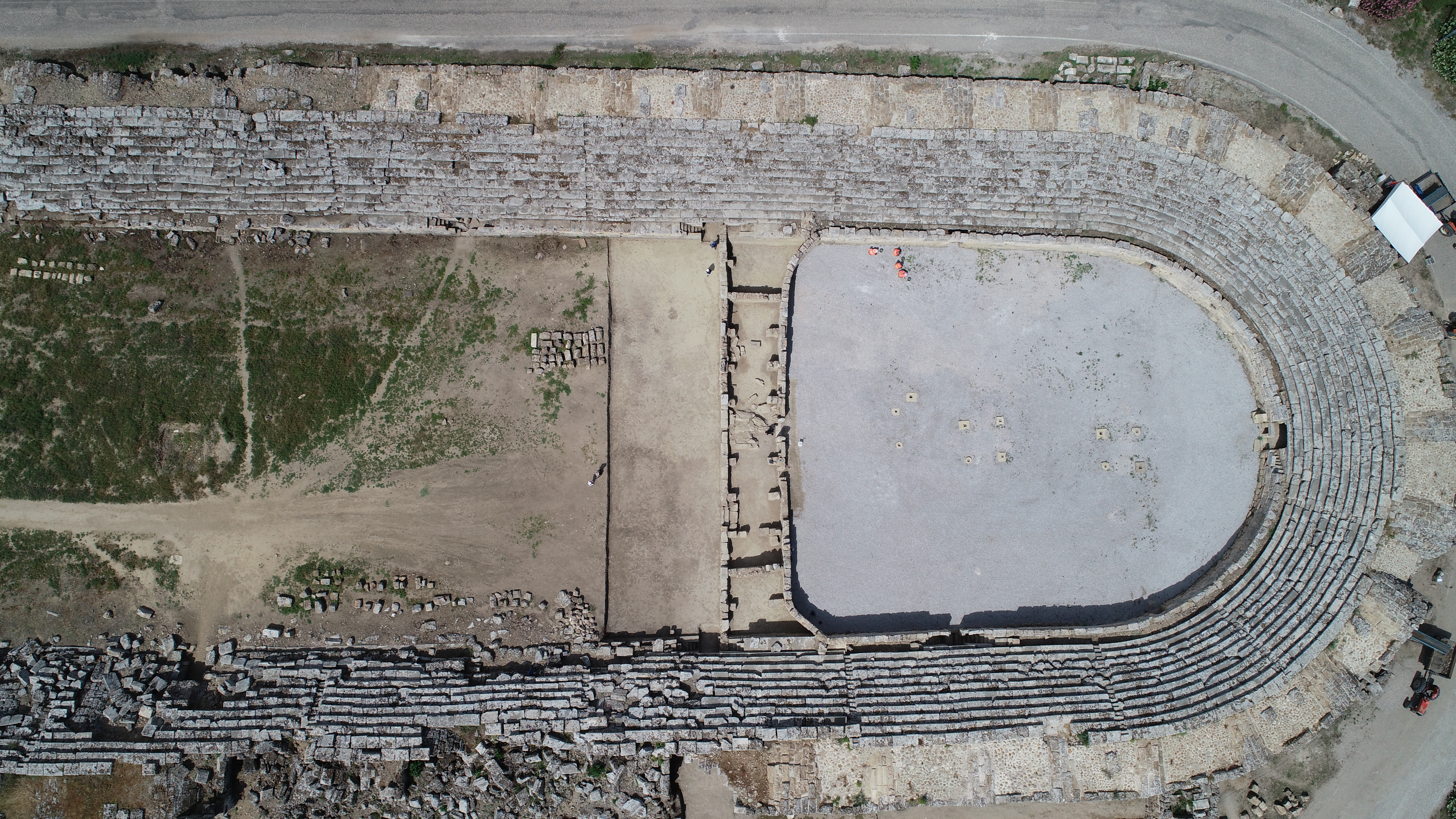
Kepce concluded by mentioning the discovery of leaf fossils on stones in the ancient city’s structures, suggesting the use of a softer type of stone in construction. Istanbul University’s researchers are identifying various leaf fossil types, intending to conduct climate studies once they determine around 20 species, with 16 already identified.
Furthermore, technical efforts to restore the flow of water from the Kestros fountain, dating back to the 2nd century CE, are ongoing.
Source: AA

